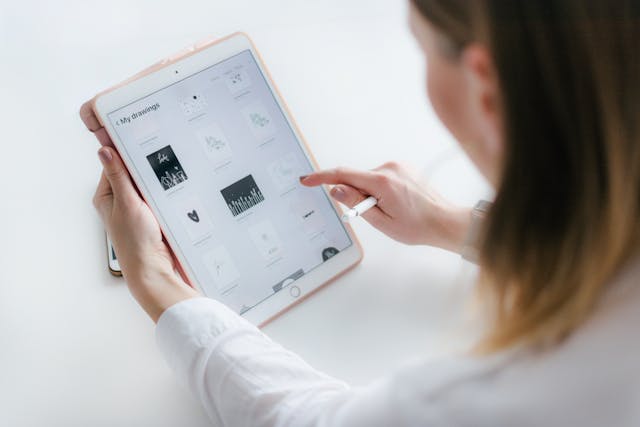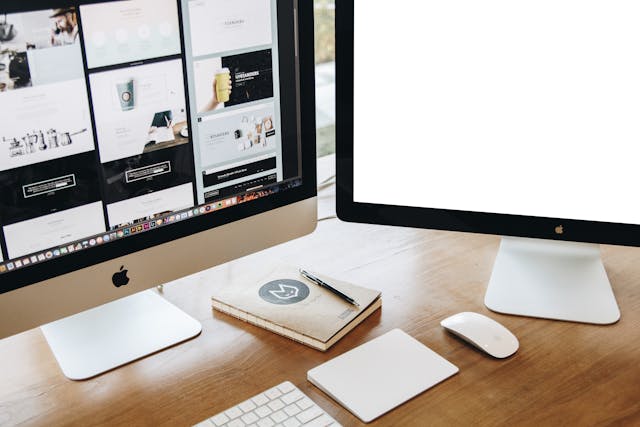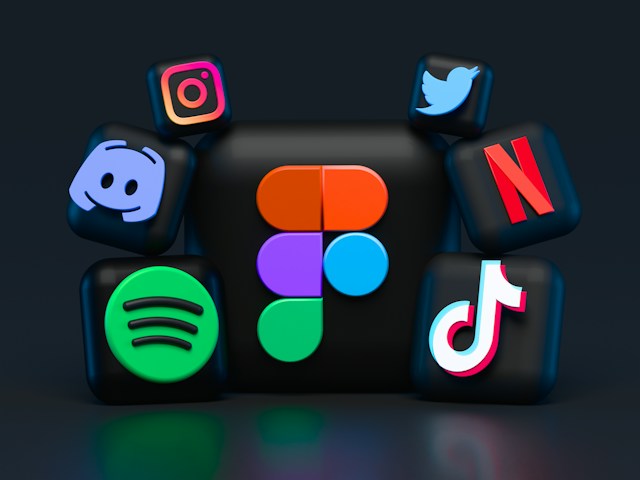Conducting user interviews is a valuable way to gather qualitative data as you design your product. You learn more about the users’ behaviors, pain points, and needs. However, asking the wrong user interview questions can lead to invalid insights. That won’t help with product development.
On the other hand, asking the right interview questions leads to insights that help with the goals of your research.
So, how do we craft the best interview questions? Let’s go over the types of questions to ask and things you’ll want to avoid.
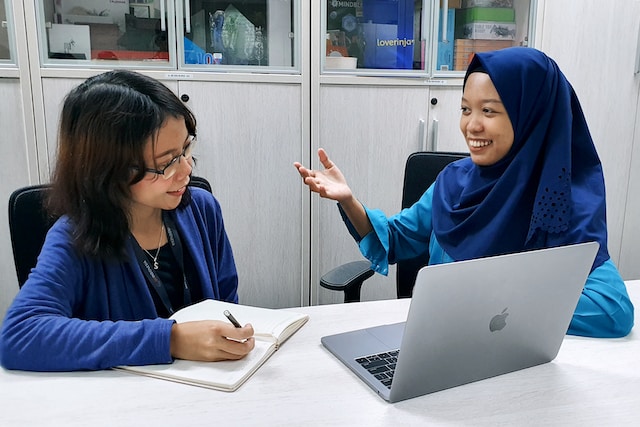
What Are User Interviews?
First, let’s clarify what user interviews are.
In user interviews, researchers ask participants a set of questions. User interviews can take place in person, over the phone, or through video calls. The mode of interview usually depends on research goals and the target audience.
The researchers ideally curate their questions in a way that will find clues on how to improve products and services. The participants’ answers allow researchers to learn more about users’ behaviors, experiences, preferences, and needs (demands). Using this data, researchers gain insights that help with the product’s design and development processes.
Interviewing is a common method in the UX design world, as it leads to the creation of user-centered products.
Combining interview data with quantitative data gives a more comprehensive picture of the users’ demands. Designers can then make better decisions on their product’s design based on the data they collect from user interviews.
Preparing for User Interviews
Before crafting user interview questions, it is important to set clear objectives and goals for the user interview. With a strong foundation, you’re able to gather meaningful insights.
Consider the following before crafting your user interview questions:
- Define objectives: Clearly articulate your goals and objectives for the user interviews. What specific information are you looking to gather, and how will it improve your design process?
- Identify your target audience: Know which users to interview. Interviewing a participant that is not part of your target audience will lead to unsuitable data for your particular research.
Once you have clarified your research goals and identified your target audience, you will be ready to create your interview questions.
Best User Interview Questions
Cold-calling users or participants without really thinking of what to ask them won’t be beneficial to your research. You will also waste your and the participants’ time.
Setting the best interview questions is crucial as it is conducive to your research’s success. The best interview questions often lead to the best answers. So, what are the best user interview questions? Let’s take a look at the four best kinds of questions to ask users.

1. Open-Ended Questions
Open-ended questions may be the most powerful and helpful questions to ask in a user interview. These kinds of questions encourage participants to share their thoughts, feelings, and stories. Typically, open-ended questions start with words like “how,” “why,” or “tell me about.”
These questions allow participants to share their stories and provide you with many details. With these rich responses, you can gain access to the underlying reasons behind user behaviors, preferences, and decision-making processes.
Let’s use a mobile banking app as an example to form some sample interview questions.
Our goal for our research is to understand any pain points behind the budgeting feature in our app.
The target audience is a group that has used the current budgeting feature in the app to help manage their finances.
An example of a poor interview question might be, “Do you agree that having a detailed breakdown of your monthly expenses in the budgeting feature is crucial for effective financial management?” This question is an example of a poor interview question because it does not give participants much room to express their opinions.
You should ask the user an open-ended question that allows them to share their experience with using the feature. This may lead to uncovering pain points or parts of the feature they love.
For example, “Can you share how you have used the budgeting feature in the app?” This example allows the participant to share their story and allows the researcher to ask more questions based on their response.
2. Closed-Ended Questions
You might have learned that closed-ended questions are a big no-no in user interviews, but it’s not always a terrible choice.
They can be a strategic way for you to gather specific and quantifiable information. They can also bring clarity to certain parts of the interview. But, is it something you want to use throughout the user interviews? Probably not! So, make sure to have a good balance between open and closed-ended questions in your interview.
An example of a poor close-ended question is, “Do you agree that the budgeting feature is the most important aspect of the app?” This example can easily lead your interviewee. It can cause them to reject their thoughts and ideas and conform to the idea you presented to them.
An example of a good close-ended question is, “Would you prefer a weekly or monthly summary of your spending habits sent to your email?” As you can see, you have to be strategic about how you use close-ended questions. They can truly help find details in the broader insights gained from the open-ended questions.
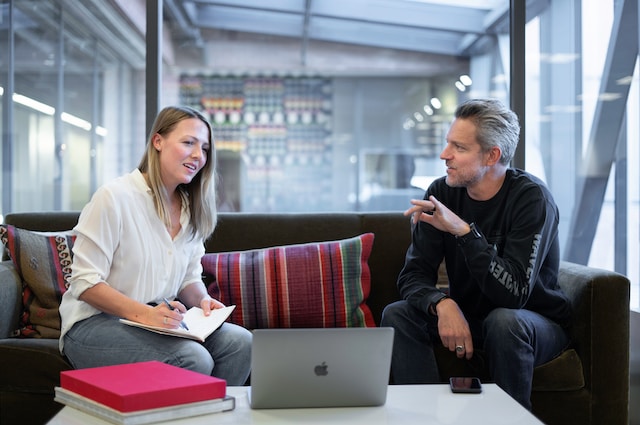
3. Follow-Up Interview Questions
Skilled interviewers ask follow-up questions. This allows them to gain more clarity and explore a participant’s response even further. Interviewers need to listen closely and carefully to be able to ask follow-up questions that probe further. You may ask such questions to seek a deeper understanding of user motivations, preferences, or frustrations.
Depending on the research goals and objectives, an example of a good follow-up question is, “Can you provide more details about how you felt during that specific interaction with the app?”
Another example of a good follow-up question a researcher might ask to understand user motivation is, “What prompted you to choose that particular feature to manage your transactions over the others?”
In order to ask these questions, the researcher has to pay special attention to what the participant is answering. Asking these follow-up questions can uncover valuable information that might otherwise remain hidden from the previously asked question.
You should really get in there to understand and learn more about the users’ intentions and thoughts. Through active listening, researchers can dive deeper with their participants to gain rich data.
4. Behavioral Questions
Behavioral questions focus on why a participant behaved in a specific instance. Asking opinion-based questions is great, but it is also helpful to have participants recall past actions and decisions.
Behavioral questions allow researchers to understand past experiences and hear about challenges a user might have encountered. This can lead to valuable insights!
Following our mobile banking app examples, here are two examples of good behavioral questions researchers can ask:
- Walk me through the steps you took when deciding to set a financial goal in the app.
- Can you describe a time when you faced difficulties navigating the budgeting feature of the app?
These questions allow researchers to explore the users’ behaviors and pain points when using the mobile banking app.
Follow-up questions help you learn detailed information on how users use your product. This qualitative data can move you closer to a more user-centered product.
We’ve discussed our four best different types of questions to ask during a user interview. Now let’s expand on user experience interview questions you want to avoid asking.

Questions to Avoid: Leading Questions
We gave you examples of poor UX user interview questions to ask users.
To emphasize further, avoid any leading questions during interviews!
The reason we say this is because leading questions can guide participants toward a specific response. Furthermore, they can compromise the data you collected from your interview.
Here are three examples of leading questions:
- You must find the new feature extremely helpful, right?
- Wouldn’t you agree that the app’s navigation is straightforward and user-friendly?
- With the app’s recent changes, you must find it significantly more user-friendly now?
Sometimes, when we are interviewing, we may say things, like the three above examples, that can lead interviewees. We can do this intentionally or unintentionally.
However, it is important to remain neutral so you are not eliciting a specific response from the participant. Do not influence the interviewee with the way you phrase your questions. Always review your carefully crafted questions. Be mindful about not leading your participants to specific responses when asking your user research interview questions.
Use With Caution: Hypothetical Questions
Minimize your use of hypothetical questions in user interviews. You may want to explore potential scenarios, but relying on hypothetical questions can be problematic.
Hypothetical scenarios rely on assumptions and predictions. We do not want users to try to predict their future behavior. We want to learn about actual experiences and behaviors. This is to obtain accurate information.
Your user interview questions are stronger when you base them on real experiences, as they bring you reliable answers.
You do not have to avoid hypothetical questions completely, but you should use them very sparingly.
Here are two examples of good hypothetical questions you may ask towards the end of an interview:
- What features or enhancements would you like to see in future updates?
- How do you envision our product evolving to better meet your needs over the next year?
Although these questions ask participants to imagine future scenarios, they may provide valuable and accurate data. Asking hypothetical questions this way can help users express their expectations and long-term needs. However, you should, of course, keep in mind that users are speaking in a hypothetical sense.
Your hypothetical questions’ effectiveness will depend on the context of your research.
Additionally, if you use hypothetical questions in your interview, be prepared to hear responses that may be out of context!
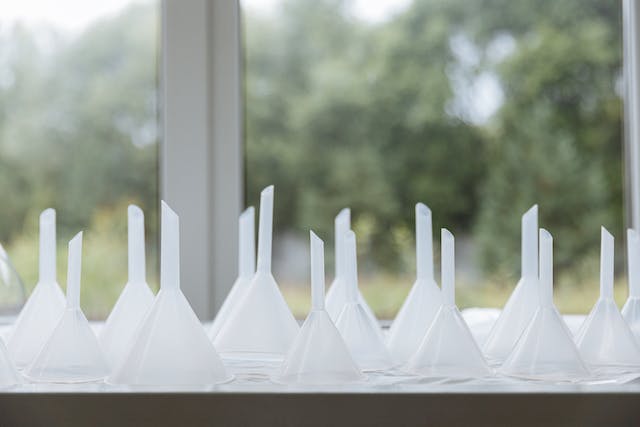
Using Funneling to Structure Your Questions
Funneling is a strategic technique used in user interviews to ask questions in a progressive manner.
The interviewer’s questions usually start broad and open-ended and gradually narrow down to more specific and detailed questions.
Starting with broad, open-ended questions gives interviewees space to feel comfortable to share their general thoughts and experiences freely. It helps take pressure off their shoulders. It can also help you build rapport.
A broad, open-ended question might sound like, “Describe your first interaction with [product].” After asking open-ended questions to encourage responses, dive deeper by asking follow-up questions.
For example, “How did you feel about that?” This is narrower than the first question as it brings the focus to a particular part of the users’ response.
Towards the end of the funnel, you might ask closed-ended questions to get quantitative data. For example, “How long did it take you?” and “On a scale from 1 to 10, how satisfied are you with your overall experience with [product]?”
Closed-ended questions help gather any specific information that the previous responses may have missed. Using the funneling technique allows you to build rapport with your participant while still getting elaborate responses in the end.
Leveraging Artificial Intelligence To Create User Interview Questions
Coming up with user interview questions can be intimidating, especially if you are a beginner. Luckily for you, we live in a time when artificial intelligence (AI) is easily accessible and sometimes even free to use!
You can enter prompts into AI tools, like ChatGPT or Bard, to generate good questions for your user interviews.
However, AI tools are here to assist us, so remember to double-check and correct any mistakes the AI may have made. You should also make sure that your questions sound human. You can do this by proofreading what the AI produced for you.
Ready To Come Up With Your Next User Interview Questions?
In the UX world, user interviews are a valuable method to gain insights into user behaviors and experiences. These insights help designers and teams create solutions that resonate with user needs and preferences.
In this article, we learned about the best types of user interview questions to ask, avoid, or use with caution.
Furthermore, leveraging AI can also provide valuable assistance in coming up with interview questions that align with your research goals.
Also, funneling is a great way to structure your interviews. This means starting from broad, open-ended questions to eventually asking close-ended questions to pinpoint specific details. This method allows you to get a comprehensive understanding of the users’ behaviors and motivations.
Your user interview questions’ effectiveness is not only based on the questions you ask but also on your listening skills. Always remember to practice active listening and empathy during your user interviews.
On your journey of user interviews, let this article be a guide to help you prepare your interview script. Then, keep practicing, and consider running a pilot test before asking user interview questions to actual participants.
To elevate your designs, consider learning from proven products that have successfully navigated the complexity of user experiences.
Page Flows is a valuable resource that can ignite your creativity and provide you with interaction design ideas. Get started today to access our growing library of user flow recordings. Your next design breakthrough could be just a click away!


